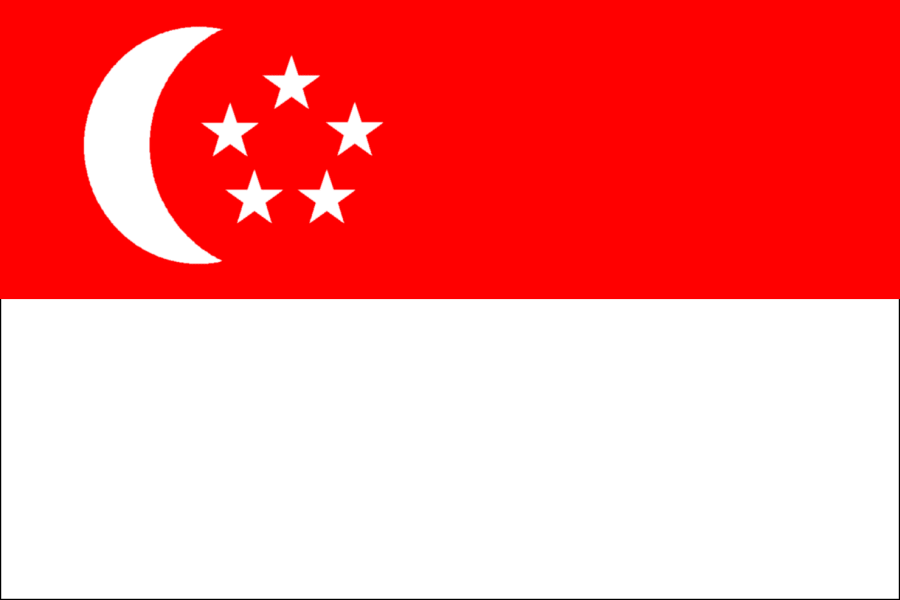
National Publications
The following publications used ISAAC data from Singapore:
- Goh DY, Chew FT, Quek SC, Lee BW. Prevalence and severity of asthma, rhinitis, and eczema in Singapore schoolchildren. Arch Dis Child 1996; 74(2): 131-5.
- Chew FT, Goh DY, Lee BW. Geographical comparison of the prevalence of childhood asthma and allergies in Singapore. Ann Trop Paediatr 1999; 19(4): 383-90.
- Chew FT, Goh DY, Lee BW. Under-recognition of childhood asthma in Singapore: evidence from a questionnaire survey. Ann Trop Paediatr 1999; 19(1): 83-91.
- Wang XS, Tan TN, Shek LP, Chng SY, Hia CP, Ong NB, Ma S, Lee BW, Goh DY. The prevalence of asthma and allergies in Singapore; data from two ISAAC surveys seven years apart. Arch Dis Child.2004 May;89(5):423-6.
Singapore, Asia-Pacific
| Centres: | Phase: | PI: | Age Groups |
|---|---|---|---|
| Singapore | 1 | Professor Bee-Wah Lee | 13-14, 6-7 |
| Singapore | 3 | Associate Professor Daniel Yam Thiam Goh | 13-14, 6-7 |
National Coordinator:
Roles:
- National Coordinator for Singapore
- Phase One Principal Investigator for Singapore
Professor Bee-Wah Lee

Children's Medical Center
National University Hospital
5 Lower Kent Ridge Rd
Singapore
The Singapore ISAAC Centre
As Singapore is a small city state, our ISAAC centre was also the national centre.
It provided us with important national epidemiology data on asthma, allergic rhinitis and eczema, which hitherto, was unavailable. The prevalence data has provided us with an important reference point for the planning of educational and awareness programs, medical programs for asthma and allergies in children, as well as scientific studies.
The ISAAC prevalence obtained for Singapore was very similar urban and developed communities in the Asian region, such as Japan and Korea, and were the highest for the Asia Pacific region. For example, the prevalence for Phase one survey on current wheeze for 6-7 years old was 13.3 in Korea, 15.7 in Singapore and 17.4 in Japan.
The team acknowledges the contribution of the many student helpers that contributed to the success of these studies.
